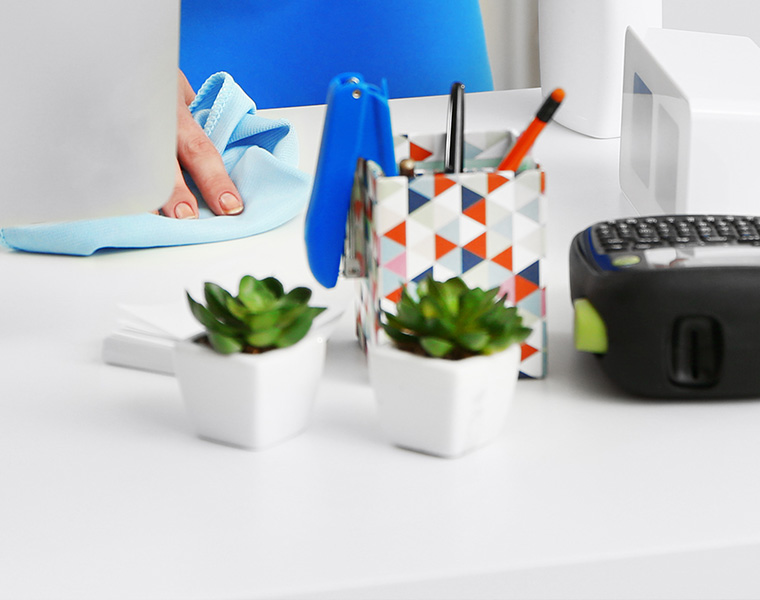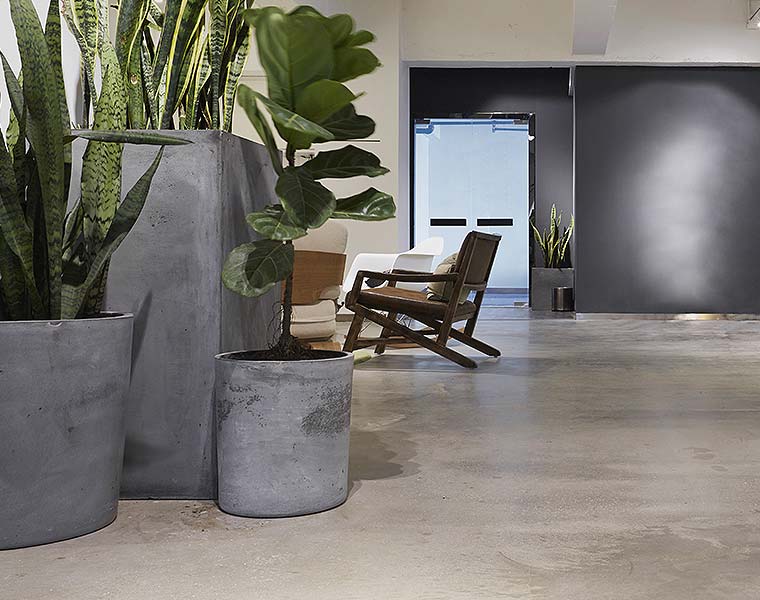Sick Building Syndrome (SBS) was a phenomenon that emerged during the 90’s and largely affected those who spent a great deal of time in a specific building i.e. an office.
It is typically understood to be caused by poor indoor air quality and is believed to make sufferers feel ill for no apparent reason with symptoms including:
- Irritated eyes and poor vision
- Headaches and migraines
- Itchy skin
- Dry throat and respiratory problems
Sound masking specialists, Remark Group recently released a body of research which suggests that we could be expecting a resurgence of Sick Building Syndrome. Its ‘Air Quality and Wellbeing at Work’ survey of 1,000 UK office workers revealed that 80% believe that poor indoor air quality is having a negative impact on their health, which is a worrying statistic.
So, let’s take a closer look at some more of the signs you need to look out for and how we would suggest preventing your workplace from suffering.
What are the signs of Sick Building Syndrome?
As well as exacerbating existing issues such as asthma, poor sight or allergies, SBS can also cause a whole set of new symptoms. The most common problems cited by Remark Group’s survey respondents were:
- Lethargy and tiredness (91%)
- Headaches (86%)
- Dry, itchy or watery eyes (78%)
- Dry throat (76%)
- Itchy or irritated skin (70%)
- Poor quality of sleep (25%)
Other things which may present themselves as signs of SBS include:
- Chest tightness
- Sneezing
- Burning sensation in the nose
- Dizziness
- Difficulty concentrating
- Irritability
- Fever, chills and aches
- Forgetfulness
Quick disclaimer:
It is, of course, worth mentioning at this point that all of the symptoms mentioned in this blog post could be related to a whole host of issues – not just SBS. We’re space-planning experts and furniture geeks, not medical experts so please don’t take this as medical advice.
Ways you can prevent SBS:
We’ve spoken before about the importance of taking measures to improve indoor air quality in the workplace, backed by well-cited NASA research. Good quality indoor air aids brain function, physical health and hygiene in the workplace but it seems now, it’s also the most effective way to limit your risk of SBS.
How to improve indoor air quality:
- Introduce indoor plants which help reduce CO2 and remove toxins from the atmosphere
- Use microfiber cloths when cleaning to help pick up more dirt particles
- Use cleaning products which are low in VOCs
- Keep air vents clear at all times – don’t block them
- Replace filters on vents every 6-12 months
- Open windows as much as possible to let fresh air circulate
- Choose organic fabrics and anti-allergen/antibacterial materials where possible
- Vacuum regularly to keep dust and dirt levels to a minimum
Other ways to prevent Sick Building Syndrome
Although indoor air quality is a huge contributing factor to many of the symptoms relating to SBS, there are more things you can do to ease or eliminate some of the other symptoms mentioned
Let in as much natural light as possible – Maximising the amount of natural light in any indoor environment – commercial and residential – is an obvious way to reduce the level of artificial light required. This then helps ease things like eye strain, itchy eyes, headaches, poor sleep and Seasonal Affective Disorder (SAD).
Click for more on the benefits of natural light in the workplace.
Get to know your ABCs of acoustics – SBS symptoms like difficulty concentrating, fatigue, brain fog, irritability and headaches can also be eased by implementing some office acoustic solutions. This will help keep excess noise to a minimum, help staff focus more efficiently and limit audio distraction during the day.






